In recent years, the number of black people within the STEM industry has been on a gradual rise. However, the same cannot be said for the physics and astronomy departments. Researchers have actually noted a decline in diversity in the past ten years of the field. In physics, black representation is down to 3%, as compared to 1999 when representation was over 5%. In Astronomy, black representation is only at 2%.
In this article, we take a look at some prominent black astrophysicists and astronomers and their contributions to the field.
Benjamin Banneker
Known as the first black astronomer in the United States, Benjamin Banneker was instrumental in surveying the District of Colombia. Benjamin’s early education was at the Quaker school where he fostered his love for mathematics. There have been disputes over the amount of education he received. However, the general agreement is that he never went past the 8th grade. Despite this, he was an intelligent man. At the age of 21, he became fascinated by a neighbor’s pocket watch. He borrowed it, disassembled it, learned all the parts, and then put it back together. He then created his own wooden replica, which would become the first wooden clock recorded. It would tick every day for over 40 years.
Due to his love for knowledge, a surveyor by the name George Elliot gave him books on astronomy and mathematics, and this is how Benjamin taught himself. His research into astronomy would later make him able to predict when we would have solar and lunar eclipses. He went on to create an Almanac that included an ephemeris. These works were published every year between 1791 and 1796 and would famously be called the Sable Astronomer. In 1791, he sent a copy of his Almanac to Thomas Jefferson, who was the Secretary of State at the time. Along with the Almanac, he called for justice for the slaves. Thomas Jefferson was impressed by Benjamin and sent this document to the Royal Academy of Science in Paris as evidence that black people were not intellectually inferior to Caucasians.
He was the first African American presidential appointee after he was hired to be part of a six-man team that would design the capital, Washington DC.
Arthur Walker Jr.
Arthur Bertram Cuthbert Walker Jr. began his career as a nuclear physicist, even though he earned his doctorate in Astrophysics. After his education, Arthur, popularly known as Art, joined the U.S. Air Force as a lieutenant. One of his first assignments would lead him to develop an instrument for a rocket-launched satellite that would measure the Van Allen belt radiation. This work piqued his interest in space research and after his duty at the Air Force, he joined the Space Physics Laboratory of the Aerospace Corporation in California. There he began his research into X-rays. His work was pioneering and he and his team were the first to apply X-rays and thin films in solar observations. Telescopes were invented using this technology, and they were taken on satellites and used to take the first pictures of the corona. These images showed the power of X-ray mirror technology which is now used in various solar telescopes such as the Transition Region and Coronal Explorer (TRACE—below below and featured picture at the top) and the Solar and Heliospheric Observatory/Extreme Ultraviolet Imaging Telescope (SOHO/EIT).
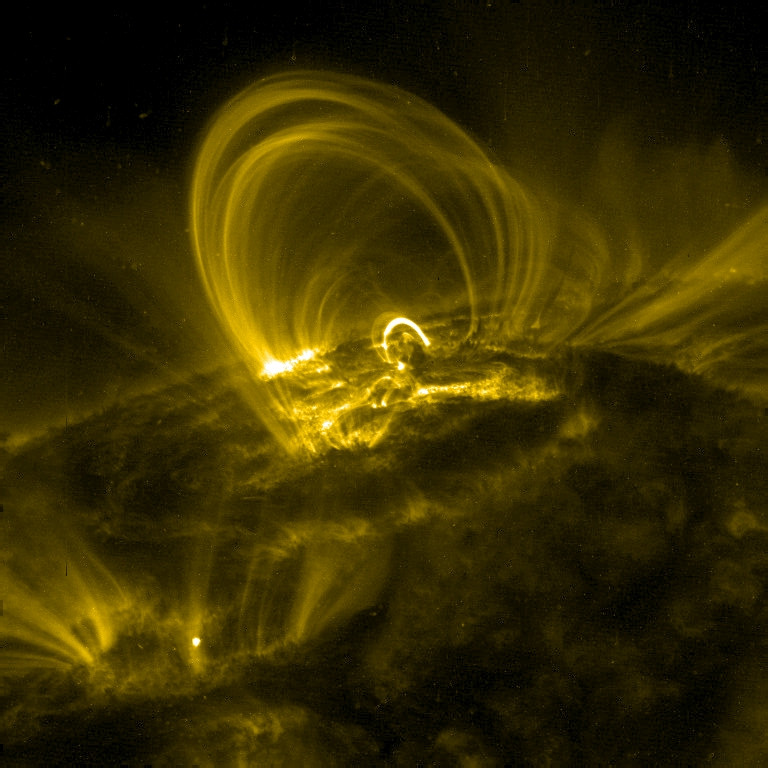
His work has also mentored other physics greats such as Sally Ride, the first female astronaut to orbit the Earth. He was also the chair of the presidential commission that investigated the 1986 space shuttle disaster. In 2000, he was awarded the Distinguished Public Service Medal by NASA for “four decades of distinguished scholarship, achievements in experimental space sciences, and extensive service to NASA and the nation in innumerable advisory and review boards.” Arthur B.C Walker, the second award was created by the Astronomical Society of the Pacific in 2016. This award would acknowledge achievements by African Americans in astronomy. This was in a bid to create diversity in the field.
Neil deGrasse Tyson
Some have referred to astrophysicist Neil Tyson as the “It” nerd. He is currently the director of the prestigious Hayden Planetarium and host of a hit TV and radio show known as Star Talk.
Neil came from very humble beginnings, growing up in the Bronx and attending public schools in New York for most of his early education. He states that his interest in astrophysics began after a family trip to the very same planetarium that he is a director of. He said that even at the age of 9, he knew he wanted to be an astrophysicist. He has a BA in Physics from Harvard, an MA in physics from the University of Texas, a Ph.D. in Astrophysics from Columbia and he did his Postdoctoral fellowship at Princeton.
After his graduation from Colombia, he joined the Hayden Planetarium as a staff scientist, and in approximately a year; he moved up the ranks to become director of the institution. As a director, his primary goal was to modernize and update the facilities within the planetarium. In 2001, he was appointed by the president to be part of a team that would look into the future of the US Space industry and was also part of a committee that was geared towards improving the future of Space exploration. His work within these committees was commendable, and he received the “Distinguished Public Service Medal” from NASA.
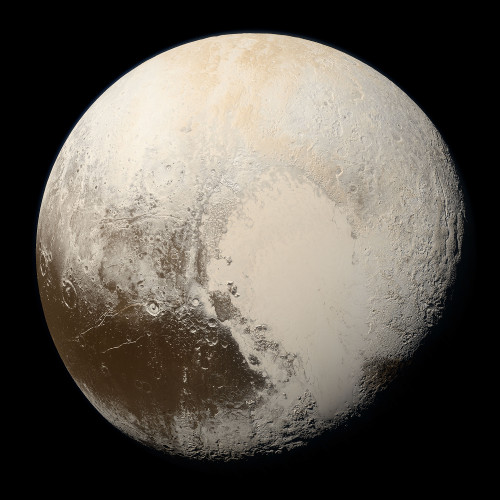
He became renowned when, as director; he decided to remove Pluto as a planet in the Hayden Planetarium’s solar system display. He stated that he made this decision because more than half of Pluto is made up of ice. If it were to be placed where Earth is today, the ice would evaporate and a tail would form which is not a common characteristic of a planet. He has written several articles and books as to why he stands by his decision that Pluto is not a planet. It is now called Pluto the Dwarf Planet.
His columns in Natural History in the 1990s have been turned into books. These include; Death by Black Hole and Astrophysics for People in a Hurry.
In recent years, he has become a pop-culture figure because of his presence and work in the media. He has hosted TV shows, conducted interviews, and has a podcast known as Star Talk. In 2014, he was brought back to the media to host the show Cosmos, following in the footsteps of one of his mentors, Sagen.
Hakeem Oluseyi

Hakeem grew up moving between rough neighborhoods in the southern states of the United States. He states that whenever he moved into a new area, he was immediately challenged into fights. To avoid this, he spent his time indoors watching PBS nature shows and reading. He then discovered Albert Einstein and Jacques Cousteau, and that sparked his interest in science.
His interest continued on into high school and here he created a computer program that would conduct relativity calculations. This program won first place at a science fair, and the judges encouraged him to pursue physics. These words then inspired him to pursue physics at Tougaloo College. Hakeem has three degrees in physics and one in mathematics. After his graduate education, he worked for Silicon Valley’s most successful companies, conducting research on the manufacture of computer chips. His inventions are still being used in current computer. He has 8 patents from the United States and 4 from the European Union.
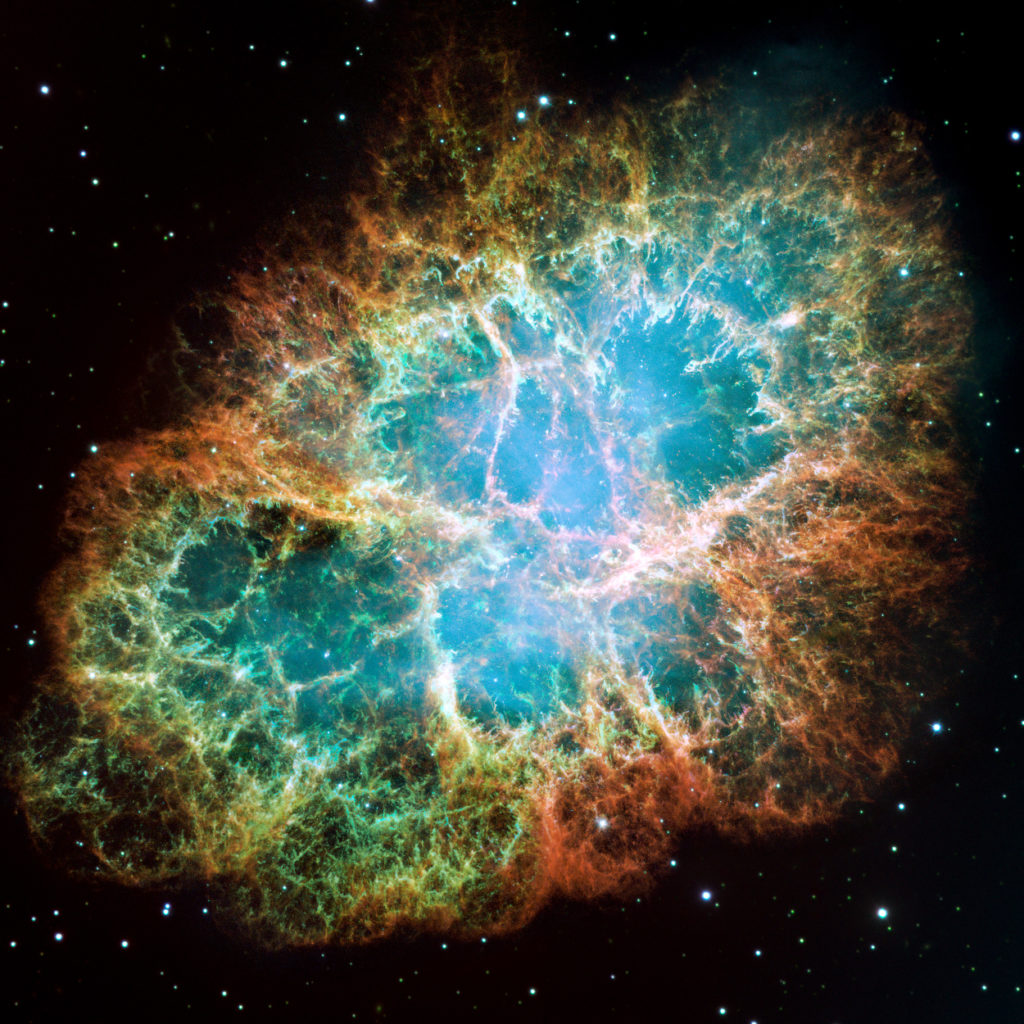
His true passion was however in astrophysics and the research behind it. In the year 2011, he worked with the Nobel Prize-Winning Supernova Cosmology Project where he helped develop detectors for a space telescope that investigates dark energy that is accelerating our universe expansion.
Today, he works with a team that is developing America’s largest observatory, Large Synoptic Survey Telescope. His work is predominantly developing its cameras and creating programs that will analyze data that it collects.
Harvey Washington Banks

Dr. Harvey Washington Banks was the first African American to earn a doctorate in astronomy. He began his journey into astronomy when he pursued an undergraduate degree in physics at Howard in 1946. He then pursued a Master’s degree in physics and was a research associate in physics at the same university until the year 1952. After a brief stint as an electric engineer, he went into teaching physics and mathematics at public schools in Washington DC. After two years as a teacher, he went back into research and became a research assistant in astronomy at the Georgetown College Observatory. He was also pursuing his doctorate at Georgetown University concurrently. His dissertation was on planetary spectroscopy.
He had a deep interest in orbits and celestial mechanisms. He was a member of the Beltsville Project, and in the 70s he supervised the construction of an observatory just outside Washington.
Katherine Johnson
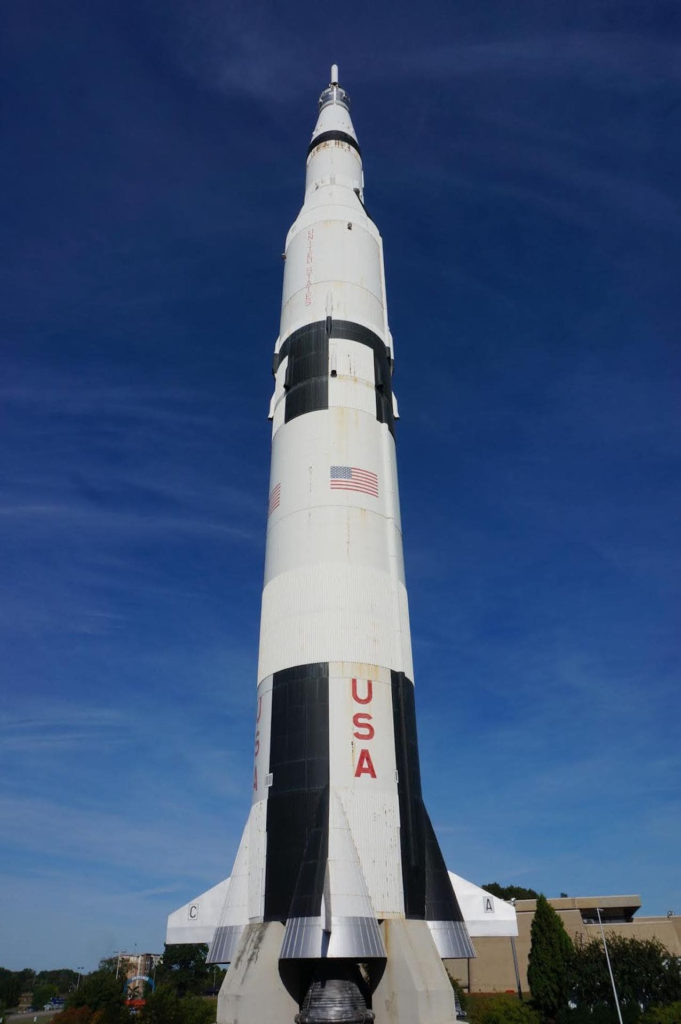
In her early life, Katherine Johnson loved learning, and she especially loved math. At 15, she joined college to become a mathematician, graduating at the age of 18. She then became a teacher and when she was 34, she heard that NASA (then NACA) was hiring African American women as mathematicians. These women were known as computers, and their only job was to conduct calculations. Katherine however was more inquisitive than the other “computers” and she began attending some NASA meetings which were exclusively for men.
She was included in different NASA space projects. In 1962, when the United States decided to send people to the moon, it needed large teams that would preempt and tackle any challenges. Katherine used her knowledge of geometry and mathematics to determine the paths that spacecrafts would use to orbit the Earth and land on the Moon. These calculations have been used to send astronauts to the Moon and back to Earth, and without her contributions, it would not have been possible at the time.
Beth Brown
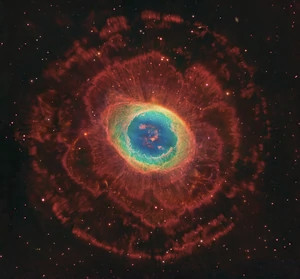
Beth Brown developed an interest and a love for science at an early age. She states that she loved watching shows such as Star Trek and Star Wars, and these accelerated her love for space. She took part in several science fairs and science projects in elementary and high school. Her love for space got her interested in viewing the night sky through a telescope. Her citing of the Ring Nebula is what got her hooked on astronomy, and she even thought of becoming an astronaut.
She attended Howard University, where she graduated with a Bachelor of Science in Physics in the year 1991. She pursued physics in the same institution for her Master’s degree. However, she later realized that her passion was more in astronomy than in physics. She gained research experience through her internships at the Goddard Space Flight Center. At some point she entertained the thought of being an astronaut, however, she was nearsighted and this greatly affected her chances of ever becoming an astronaut.
She later pursued a doctorate in astronomy at the University of Michigan. While there, she co-created several short courses, spoke at conferences, and worked at the science museum, which also had a planetarium. She received her MS in Astronomy in 1994, and she later got her doctorate in the same field in 1998, becoming the first African American woman to do so from that department. Her thesis was on X-ray emissions from galaxies and she was later hired at the Goddard as an astrophysicist. Her research at the institution would be on the environment of elliptical galaxies.
She enjoyed education and sharing education. She was part of the Multiwavelength Milky Way Project, which was an attempt to make information on our galaxy more accessible to educators, students, and the general public. She became the assistant director for science communications and higher education in the Science and Exploration Directorate at GSFC. She then worked at NASA until she passed on.
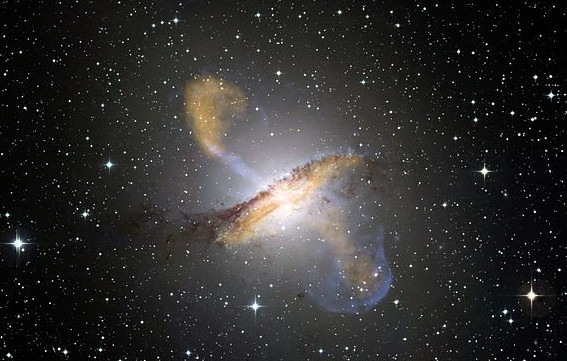
Conclusion
The contributions of black astrophysicists and astronomers have been tremendous. Recent and past works of these men and women have paved the way for new discoveries and methodologies. They have also motivated other young people to pursue their dreams and push past boundaries and limiting beliefs. They inspire all scientists irrespective of race.
How about you? How do you help others about astronomy and astrophysics? Please post a comment to let us know.

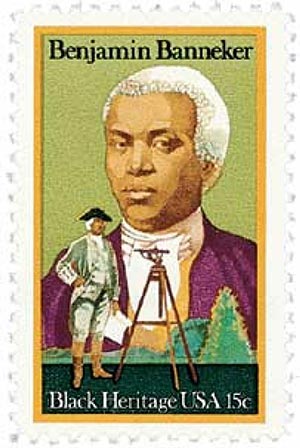
Leave a Reply